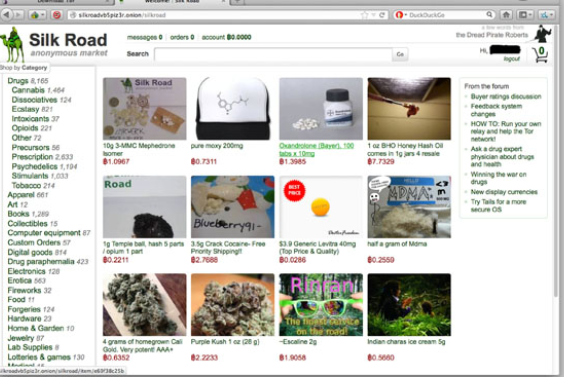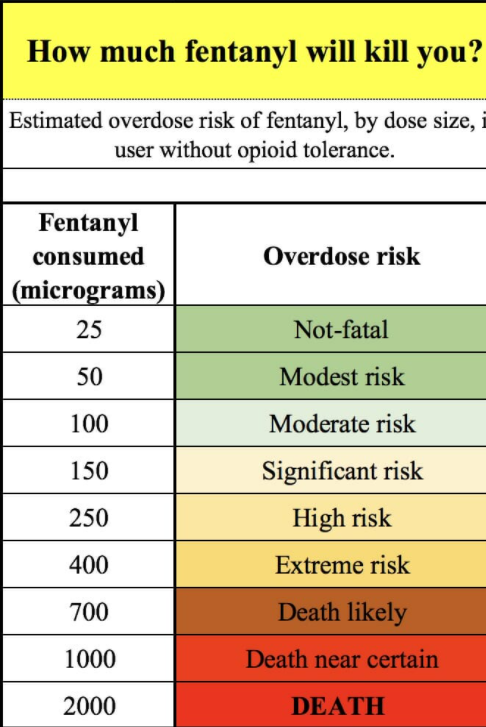Introduction
Since the internet era began in the 1990s, we have used the web to do and explore so many things. Nowadays, we can inform ourselves on basically any topic by just typing it in the search bar on Google, or, if we’re searching for tutorials of some kind we could perhaps go on YouTube and find a lesson of someone performing a task we want to learn. As internet users, we can surf its oceans for a lifetime, and we would barely have explored a drop of water. The internet is expected to reach 175 ZB of data by 2025 (1 Zettabyte equals 1 trillion Gigabytes). It would take a single human being 1.8 billion years to browse through all that data. Now, it is impossible to think that all of this data, all of these websites and users are lovely people, that is simply not the case. Among the millions of websites, there are some of them that are part of the Dark Web. This part is not accessible through regular browsers like Google, and it does not contain sites like ebay.com or amazon.com. A lot of dark web sites are the illegal equivalent of ebay.com sites like the now taken down Silk Road site, which was made to sell drugs online. Silk Road might have been taken down, but since then, many others were created for the same exact purpose.

The problem with these sites is that there are a lot of them, and they are very hard to find and takedown. Before the dark web was a thing, drug sellers had a strict hierarchy, and, for some drugs, that is still the case. We have gangs or mobs buying the drug from other gangs and mobs and then selling it to the people, using some of their lowest ranking members to account for the risk of arrest.
The past
The U.S. is now dealing (among other things) with the return of a painkiller craze. The first painkiller epidemic, before the modern one, was the OxyContin epidemic in the late 1990s to early 2000s. The cause of this epidemic was the lack of regulation on such strong painkillers that led to voluntary over prescription or, in the worst of cases, pill mills. Overprescription happens when doctors prescribe too much of a given medicine given the patient’s condition. Pill mills, on the other hand, are clinics that often both prescribe and sell narcotics and prescriptions without sufficient medical record and history on the patient’s side. This means that some medical clinics were selling prescriptions and the prescribed narcotics to people who did not need them and just wanted to get high.

Once this painkiller epidemic passed the Federal Drug Administration (FDA) assured that such a lack of regulation on their part will never happen again.
But it did.
The present
This time though the FDA and its lack of regulation and nothing to do with it. In fact, no governmental agency had anything to do with it. The second and much more deadly painkiller epidemic in the U.S. is the Fentanyl epidemic, or rather the illicit Fentanyl epidemic.
Fentanyl is in a controlled substance, and its commercialization is limited to only those that suffer from excruciating pain. The issue with modern painkillers is that they are incredibly strong, Fentanyl is 80 to 100 times stronger than morphine, a painkiller that, among other uses, has been given to soldiers since the early 1900s in cases of very severe wounds or mutilations. With Fentanyl being up to 100 times stronger than morphine it is easy to expect that some people will get addicted to it during their treatment, especially in post-surgery treatments where they are supposed to go back to normal after a bit (as opposed to terminally-ill patients). Once they are done with their treatment and cannot legally acquire Fentanyl at a pharmacy, they will turn to illegal options, such as drug dealers. More and more drug dealers in the U.S. are in fact selling illicit Fentanyl, made In Chinese labs or at home and sold on the dark web. Drug dealers buy it and then re-sell it on the street.


As one can imagine, it is harder to track all these individual dealers rather than going against the top of the hierarchical pyramid; the thing is that in a lot of these cases the dealer works independently. Investing his own money on the dark web purchase and making his own sell. Without the dark web as a portal, a lot of these dealers wouldn’t be able to purchase
the drug, which could limit the number of sellers.
Deadlyness
This new epidemic is the deadlier of them all, n 2018 67.367 people died in the U.S., according to the Central for Disease Control and Prevention (CDC) 70% of them were opioid overdoses, the majority of which saw Fentanyl as the substance of the overdose.
From 2017 to 2018, opioid-involved death rates decreased, all but one, Synthetic opioid-involved death rates increased by 10% and illicit Fentanyl accounts for the largest percentage of those deaths.
Thoughts
With this blog post, I want to observe how, in my opinion, this new and deadlier painkiller epidemic has mostly been possible due to the accessibility of such products made possible by the dark web. In which people can acquire the substance from the original maker and re-sell on the streets at a higher price.


The Dark Web and its users is super interesting to me and I find it fascinating that it’s so easy to buy drugs and set up illegal sites so easily. I wouldn’t dare to go on an adventure on the Dark Web for some reason. Did you ever visit these Dark Web sites yourself or did you just read about them online? The fact that it stimulates such a sedative crisis is horrible. I wonder how many dollars are being made through this illicit trade. It has to be loads.
I found it really interesting to read more about the dark web in your blog post and I wasn’t actually aware of how specifically people were utilising this section of the internet. Its really useful the way your post includes lots of statistics regarding the use of these drugs as this research reiterates what a serious problem this is. By considering similar past trends of drug abuse it is also interesting (as well as concerning) to see that people are finding new ways to obtain these drugs that are no longer analogue but are making use of the worlds biggest resource: the internet. Perhaps there should be more focus given to tackling the dark web, however as you pointed out this isn’t always easy due to the fact that these sites to sell drugs often reappear or are recreated and the people behind them rarely get caught.
This was a very interesting read! I remember a few years ago I decided I wanted to see how/what the Dark Web was. Oh boy, it’s crazy. Me, then a fourteen year old, was just chilling in the living room scrolling through stolen credit cards, passports and drugs for sale, while my mum was cooking dinner. Undoubtedly, as you mentioned, it is astonishing the easiness of getting a hold of drugs online.
Your post is indeed loaded with fascinating information. As Lowry has mentioned, people always find a way and the internet is one. As the dark web makes drug trading so prosperous, I believe because there are big demands. The drug policy and restrictions – “the war of drugs” are often brutal and deadly, yet did not fix the problem. Adversely, it encourages people to go even more latent. So, therefore, instead of retributive solutions like cutting off the supplies and dive into the matrix of the dark web in hope of looking for dealers, there should be better education on the use of drugs. Better facilities and aid should be provided for patients and addicts. One example I got from the Youtube video “Why The War on Drugs Is a Huge Failure” is Switzerland’s successful drug policy innovation to tackle a heroin pandemic in the 80-90s. Especially with the great influence of digital media today, I could see a little bit of hope. As there are loads of effort to break the taboo of drug usage and help people stay informed on the surface web. Yet governments bear a larger responsibility to reconsider their policy on many aspects.